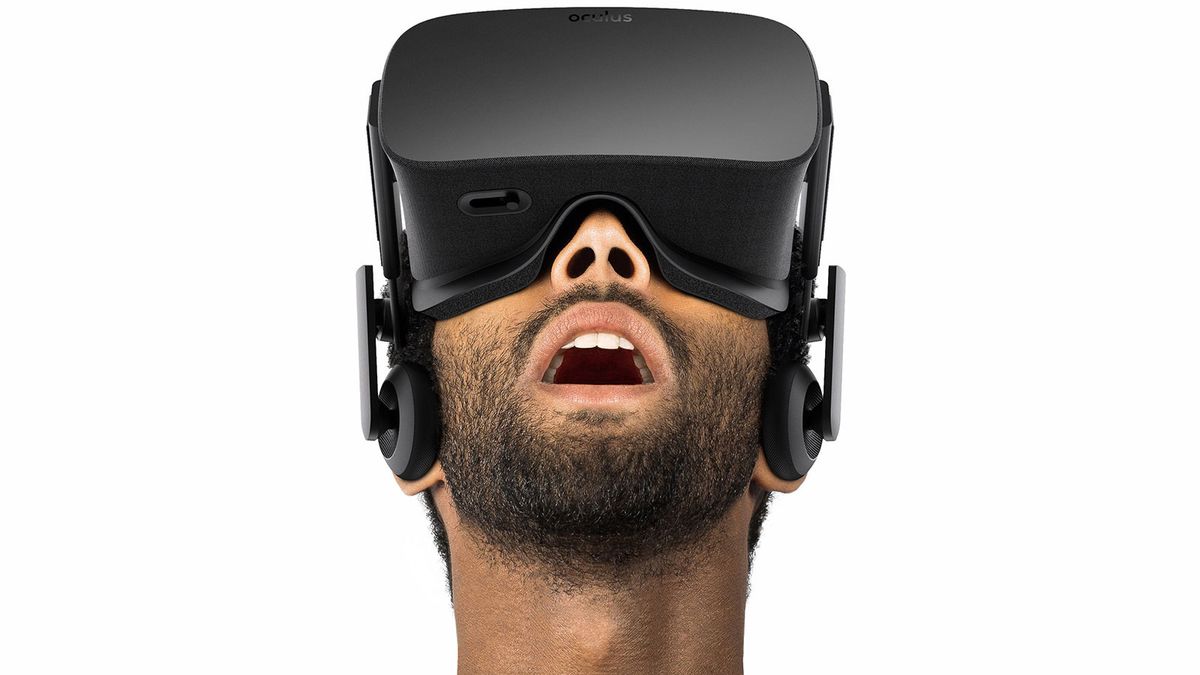
Announced in mid-2018, the VirtualLink interface promised a single-cable connection for upcoming VR headsets. But the interface never really took off, and now it looks like it never will. This week it turned out that Nvidia decided not to support VirtualLink on its GeForce RTX 30-series graphics cards. What's more, the VirtualLink Consortium’s website is now offline.
Single Cable and Strong Backing
The first-generation tethered VR headsets needed three cables: DisplayPort or HDMI for video/audio, USB for sensors, and a power input. Using three cables is not exactly comfortable and in mid-2018 a consortium of high-tech companies introduced the VirtualLink interface, a single-cable USB Type-C connection for VR headsets. The requirements for the cable were rather strict: it had to be USB-C 1.3 compliant, use shielded differential pairs for its USB 3.0 pairs (which typically used unshielded USB 2.0 pairs), and be connected in a particular orientation.
The consortium and the interface were backed by most companies interested in AR and VR technologies, including AMD, Facebook, HTC, Microsoft, Nvidia, and Valve. But it looks like the strong backing was not enough to bring the VirtualLink interface to fruition.
Scarce Support
Nvidia was the first company to support a VirtualLink connector on its first-generation GeForce RTX 20-series graphics cards featuring the Turing architecture. The company’s second-generation GeForce RTX 20-series Super reference boards abandoned the connector, and it failed to return to the GeForce RTX 30-series ‘Ampere’ cards announced this week.
AMD never offered a VirtualLink output on its reference Radeon RX 5000-series graphics cards. Furthermore, the latest VR head-mounted displays, such as HTC’s Vive Cosmos, Facebook’s Oculus Rift S, and Valve’s Index also do not use VirtualLink. Valve tried to build a VirtualLink adapter for its Index, but cancelled its because of reliability issues back in August 2019.
In fact, the only device that can use Nvidia’s VirtualLink connector is the Oculus Quest (one of the best VR headsets) connected to a PC running the Oculus Link software using an advanced cable. Technically, this was not a VirtualLink connection, but merely a way to take advantage of the port.
Website Down
Apparently, Nvidia is not the only one to lose interest in VirtualLink. The consortium’s website has been down and redirecting to the VirtualLink Wikipedia entry for months now. If this is not a clear evidence that the technology is abandoned, we're not sure what is.
VirtualLink Dead
While the VirtualLink specification exists and can be implemented by interested parties, without support from giants like Nvidia as well as makers of popular VR headsets, the interface is dead for all intents and purposes.
What remains to be seen is whether a single-cable connection for AR and the best VR headsets will be possible in the foreseeable future. There are interfaces like USB4 (in its ‘full’ implementation) and Thunderbolt 4 that support loads of bandwidth, a multitude of features, and have rather strict implementation requirements. But could they pick up where VirtualLink left off?
Source: Road to VR
September 05, 2020 at 01:25AM
https://ift.tt/3gW5o2E
VirtualLink Is Dead: GeForce RTX 30-Series Skips the VR Connector, Website Gone - Tom's Hardware
https://ift.tt/2UWE6Ba
/article-new/2021/06/iphone-13-duan-rui2.jpeg?lossy)
No comments:
Post a Comment